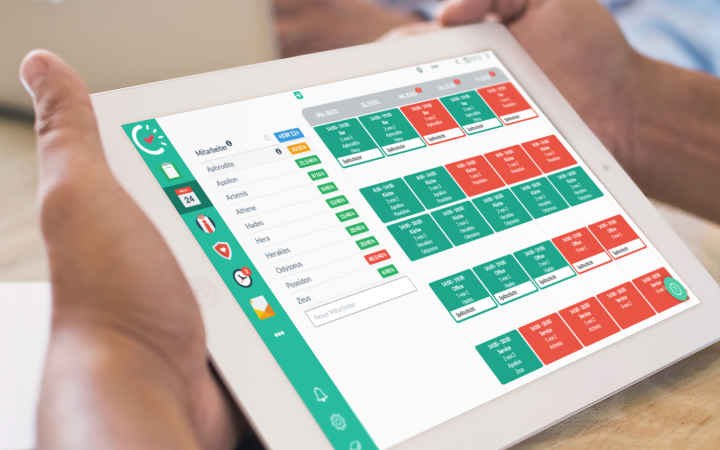Rostering used to be a time-consuming and manual process, relying heavily on pen and paper. This was inefficient and often led to errors that could have significant impacts on the business. Nowadays, businesses are turning to electronic rostering systems or rostering software to manage this process. Thus, companies can also reduce time and make significant savings through better management of their staffs.
What is Electronic Rostering?
An electronic rostering system is a computer program designed to help managers build rosters quickly and accurately. It helps them define the number of employees needed (by skill mix) to meet the demands of their business while improving productivity. This system also allows managers to easily maintain accurate records regarding their teams’ shift patterns, availability, preferences, and qualifications so they can make well-informed decisions when creating rosters which include both substantive and temporary workforces.
The Benefits of Electronic Rostering Systems
There are numerous benefits associated with using an electronic rostering system including improved accuracy in roster planning, cost savings due to improved efficiency, reduced labor costs through better utilization of staff resources, improved communication between managers and staff members as well as increased employee satisfaction due to more flexible working hours that fit with their lifestyle preferences. Additionally, electronic rostering systems provide access to real-time data that can help managers forecast future staffing needs based on historical trends. All these benefits contribute significantly towards better managing the substantive and temporary workforce in any organization.
How To Use Electronic Rostering Systems Effectively
In order for businesses to maximize the benefits provided by electronic rostering systems, it’s important for them to ensure that senior management buys into the idea first and foremost before implementing any changes. Once this has been achieved, there should be sufficient training opportunities put in place so that all users understand how the system works from top-to-bottom as well as its features and functionalities. From thereon out companies should monitor usage regularly in order to identify areas where further improvements need to be made in order for them get maximum value from such a system going forward.
In conclusion, electronic rostering systems offer many advantages for businesses looking for efficient ways to manage their workforce more effectively while making significant savings at the same time. Companies should consider investing in such a system if they want streamlined processes which improve accuracy while providing access to real-time data which can assist with long term planning decisions regarding staffing levels within an organization. By doing so they will likely see noticeable increases in productivity levels across all areas of the business!

